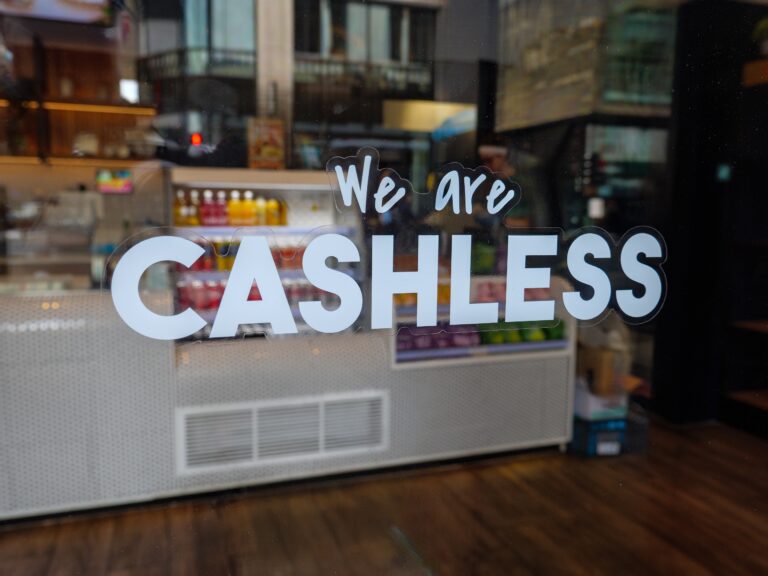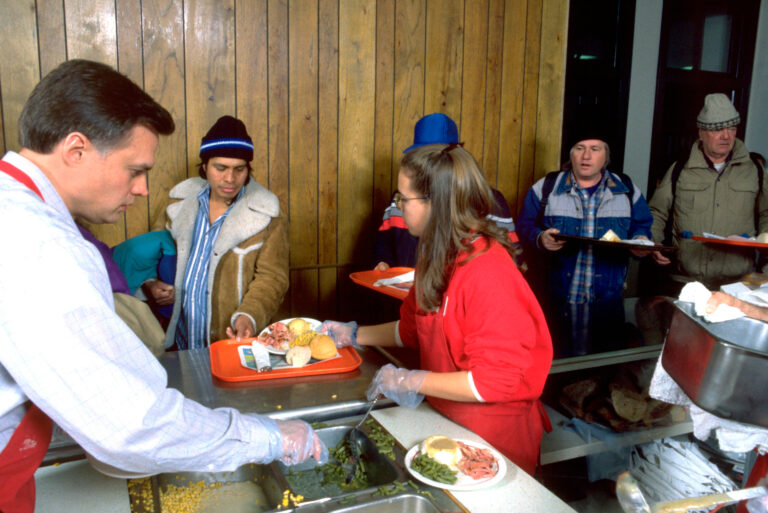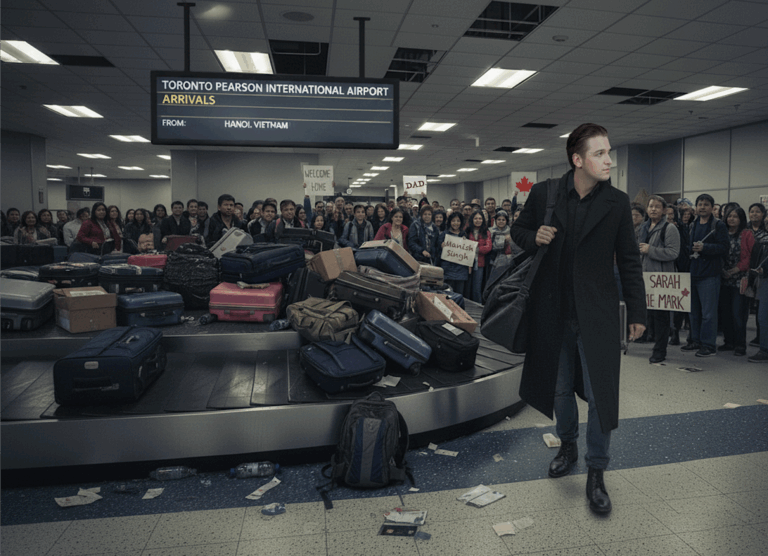Internet technology can seem at odds with localism. It enables us to reach beyond the limits of our communal surroundings to a world-wide network of disparate people and groups. The risk of course is that in the process it diminishes ties to family, neighbourhood, workplace, or school in favour of new, distant connections that are not as deep or meaningful as those they replace. The “little platoons” as Burke called them are swapped for what one might call “non-spatial associations.”
Yet some contend these new technological tools actually have the ability to boost traditional and local relationships. Wider access to new ideas and resources can strengthen and sustain local associations and communities. There are plenty of examples such as telemedicine or web-based retailing where info-tech is making Canadian communities more self-reliant. Localism and the “information society” can go hand in hand. Leading urban thinker Joel Kotkin calls it “a localist revival.”
One such example is the growing potential for homeschooling. Most Canadian families have tended to have no choice but to enroll their children in the public-school system. But technology is increasingly making alternative education – including homeschooling – a real option.
Previously homeschooling was generally limited to people of wealth and faith. Curriculum was hard to come by. Covering so many topics could be overwhelming for parents. Socialization was a concern. Subsequent post-secondary enrollment options were limited. Social perceptions were unsure and still evolving.
Technology is changing this. It’s revolutionizing how homeschooling is structured, delivered, and ultimately fits in the broader educational environment. It’s a powerful example of a technology-enabled restoration of localism.
Parents can now draw on a wide range of curriculum and web-based instruction. Virtual classrooms are bringing children from diverse backgrounds and experiences together. Neighbourhood or community-based schools staffed by the surplus of trained teachers are sprouting up. The upshot is homeschooling is increasingly mainstream, dynamic and sophisticated.
It comes at a key moment for public education. The liberal arts are increasingly undervalued. Technocratic utilitarianism as embodied in Ottawa’s so-called FutureSkills Lab is all the rage. A lack of intellectual diversity is precluding students from hearing new or different ideas. Test scores in key areas such as math are underwhelming. Government costs still continue to rise.
Alternative education models such as homeschooling can thus provide a useful ballast against these trends and offer parents and their children a new set of choices. An infusion of technology-enabled competition is just what our educational system needs.
New research by educational expert Deani van Pelt finds that homeschooling enrollments, while still modest, are growing across Canada. Nine of ten provinces witnessed increases in the number of students being homeschooled between 2007-08 and 2014-15.
Overall, the number of students officially enrolled as homeschooled in Canada grew by more than a third from 19,504 to 26,646 over this period. Alberta (just under 10,000) and Ontario (about 6,500) have the largest number of students. Manitoba (1.5 percent) is home to the largest share of its overall student population.
There are, of course, various reasons for this growth in homeschooling ranging from religious considerations to concerns about government curriculum to special circumstances (such as elite athletes or children with special needs) to an increasing prevalence of working from home.
But it’s not just practicality. Research finds that homeschooling is generally associated with positive educational outcomes. A 2011 study in the Canadian Journal of Behavioural Science, for instance, found that homeschooled students in Nova Scotia and New Brunswick outperformed their public-school peers in math and reading. This research accords with similar findings elsewhere.
Considering these trends, there’s an increasing need for provincial policies to better enable and support homeschooling. Only Saskatchewan, Alberta, and British Columbia provide any financial support to parents who choose this educational choice. There’s also room for more thinking about how post-secondary institutions can better enable homeschooled students to advance to higher education. But the ultimate role for public policy is to establish a flexible policy framework with a light touch.
This is because the greatest appeal of the homeschooling movement is what U.S. public intellectual Yuval Levin calls “living models.” His point is that a rediscovery of civil society and the principle of subsidiarity will not be government led or policy induced. Those who care about these ideas should spend less time in the political arena trying to codify their preferences or values in national or provincial policy and instead focus more on living out them in their communities, neighbourhoods, and families. Homeschooling and other alternative education models are practical example of how people can adopt the “living model” in their own lives and local communities. That’s invariably worth more than dozens of policy papers or political donations or partisan rallies.
The nexus between technological development and homeschooling is positive. It’s expanding parental choice, challenging the public education monopoly, contributing to a better education system, and ultimately strengthening our local communities.






